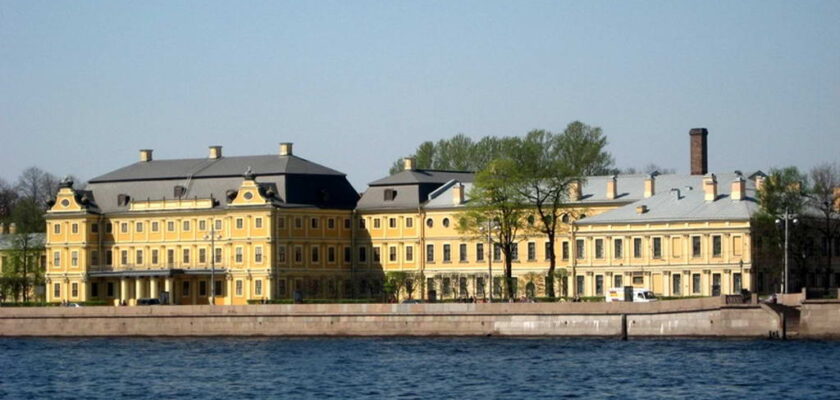Menshikov Palace
Menshikov Palace, one of the first stone buildings in St. Petersburg, belonged to Alexander Menshikov, a friend and associate of Peter the Great, the city’s first governor-general. From a young age, Menshikov served the Tsar, first in the bombardier company of young Peter, then, as his valet, accompanying him on foreign travels and military campaigns. Thanks to the Tsar’s patronage and obliging, savvy and good luck Menshikov his career was simply dizzying. Passing through the various stages of military service, he became Generalissimo, received the title of first Count, then the Most Serene Prince of Russia and the Duke of Izhora, took the post of Governor of St. Petersburg. Pushkin called him “a pampered pamper of happiness, half-empowered ruler.”
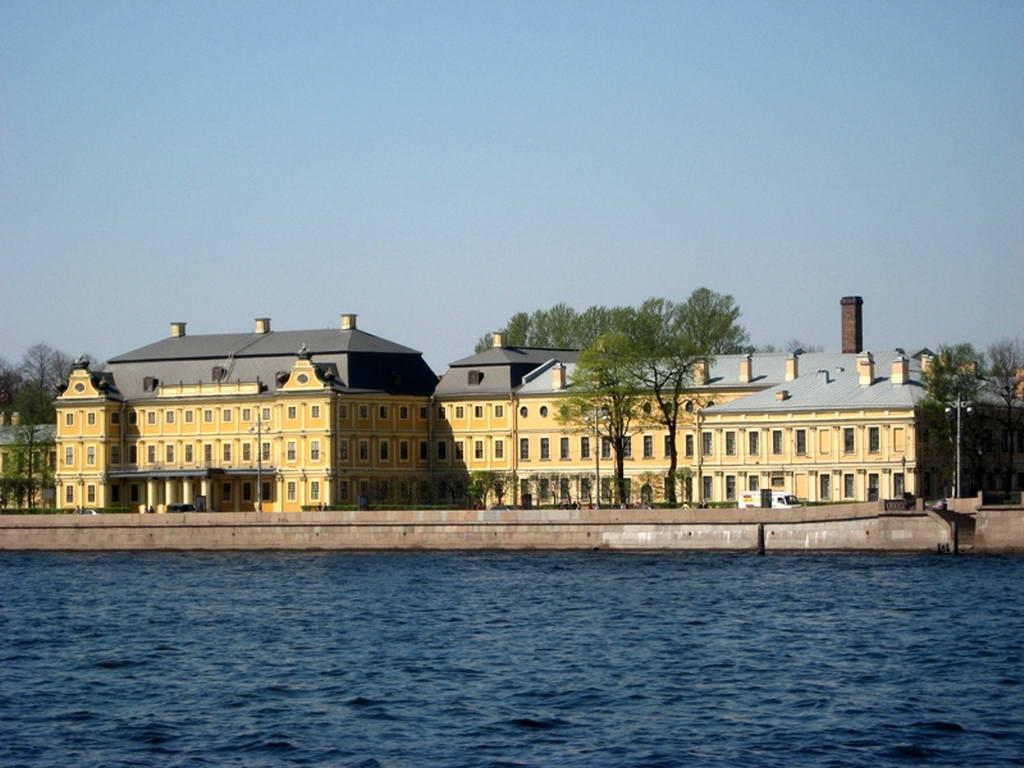
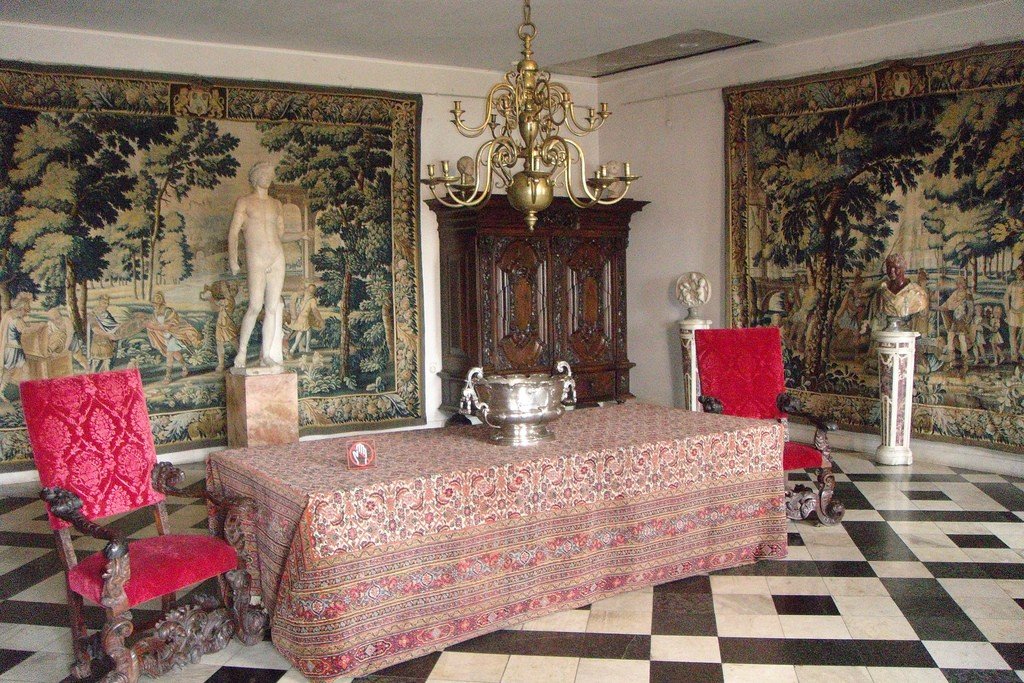
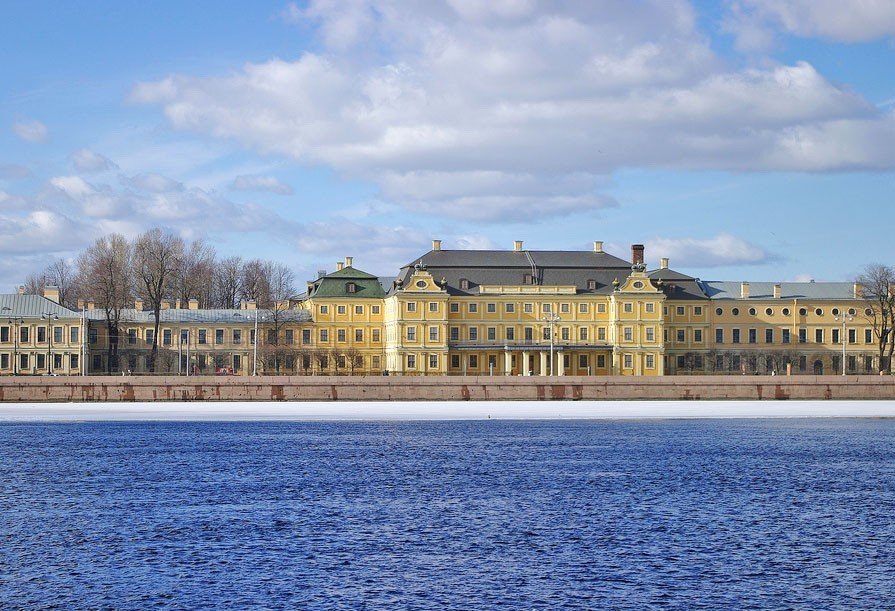
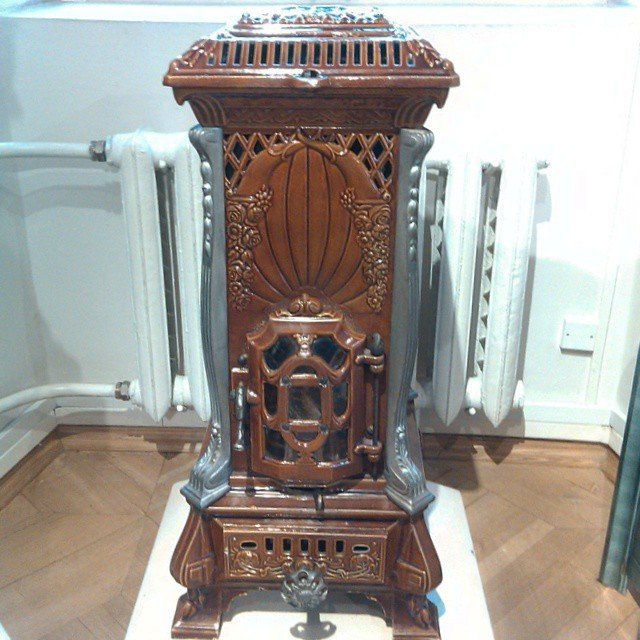
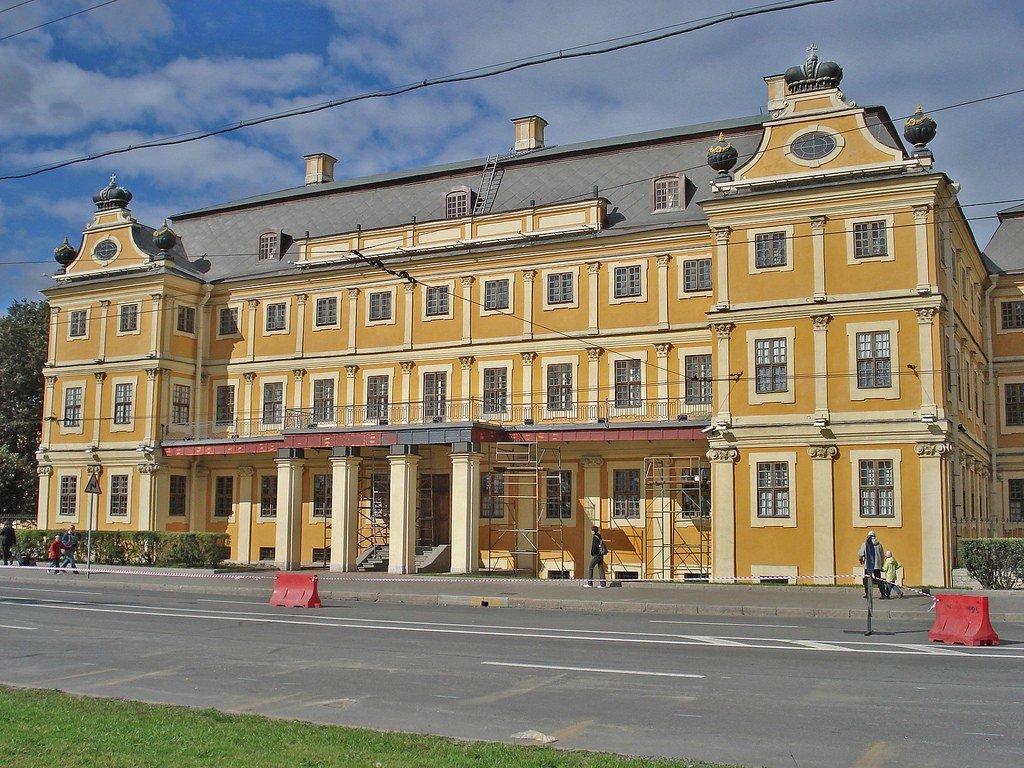
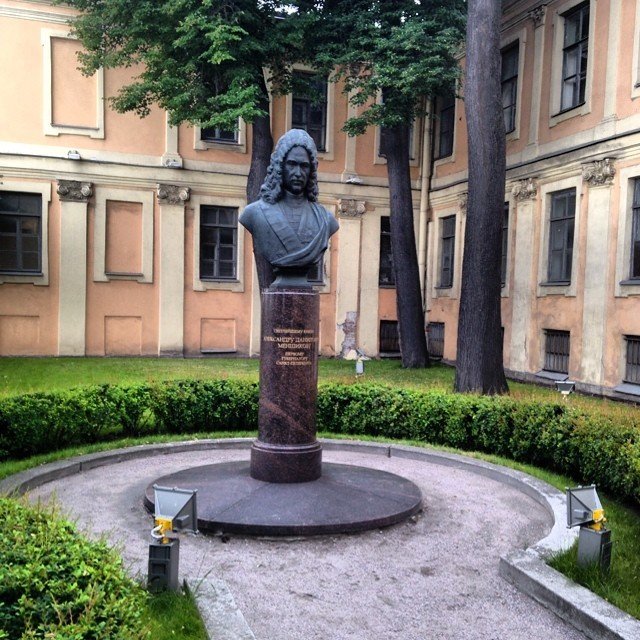
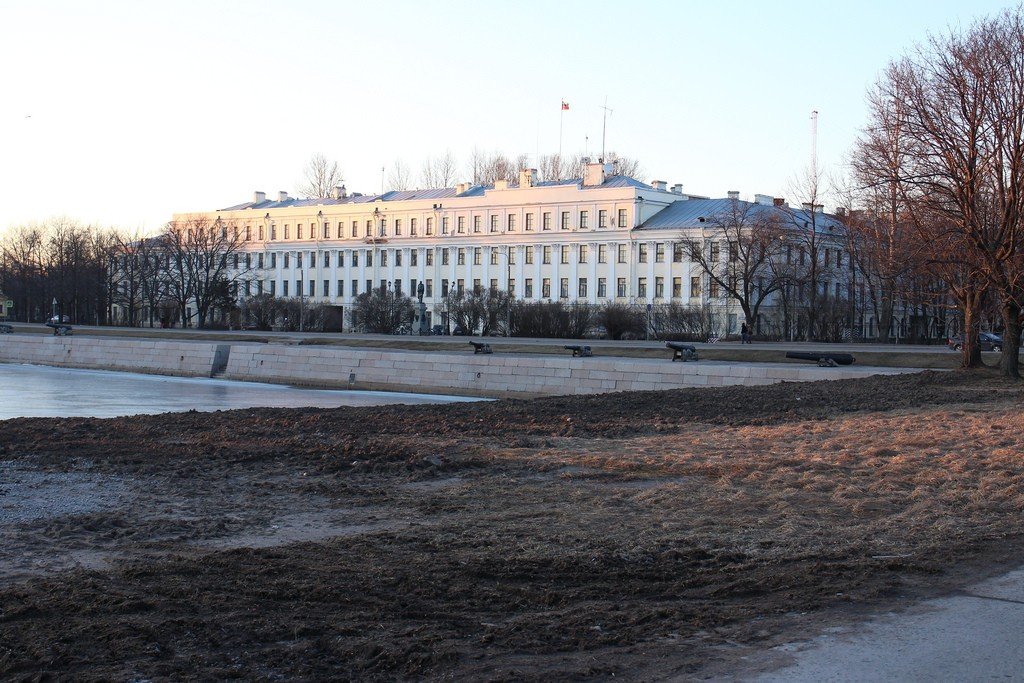
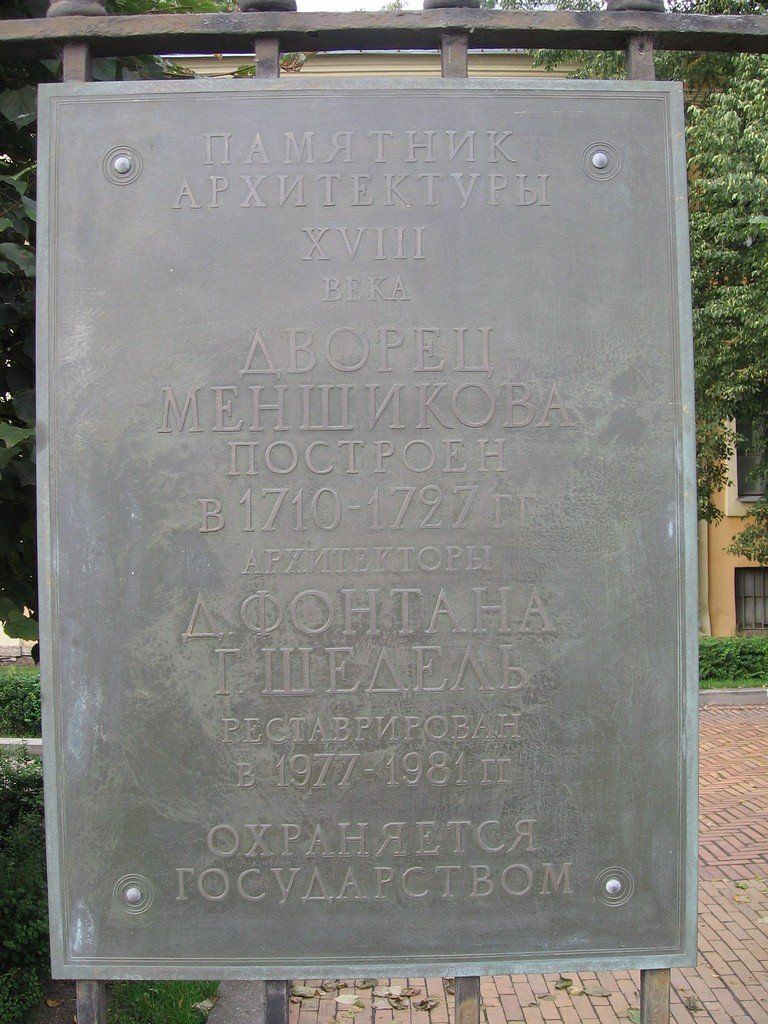
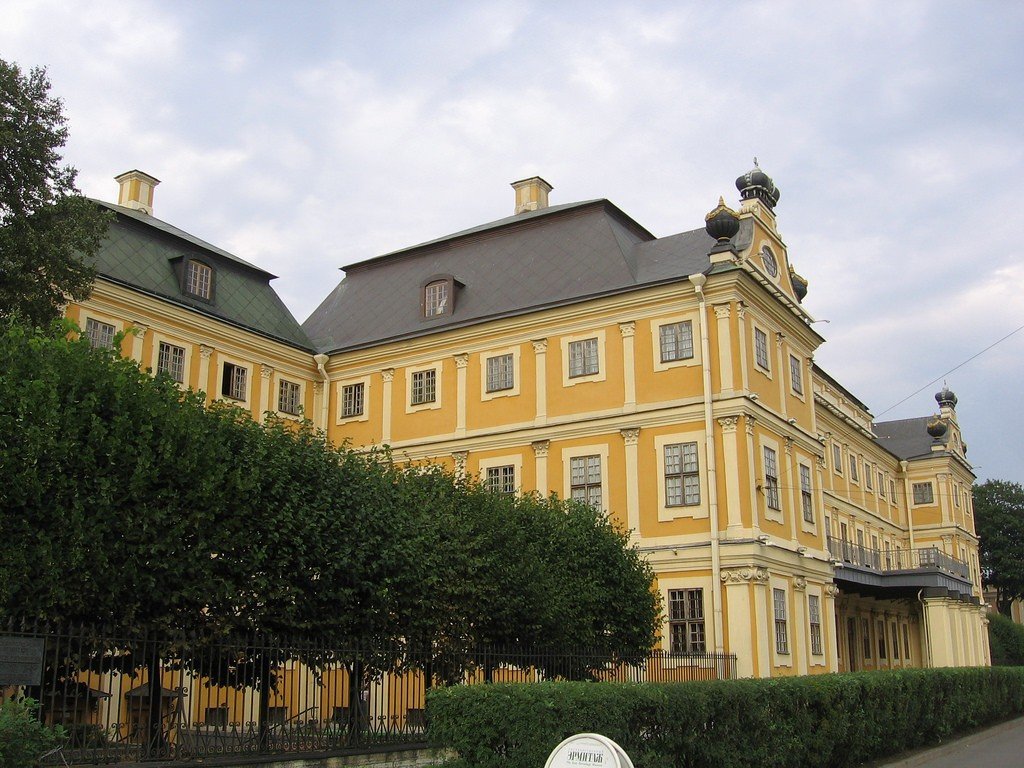
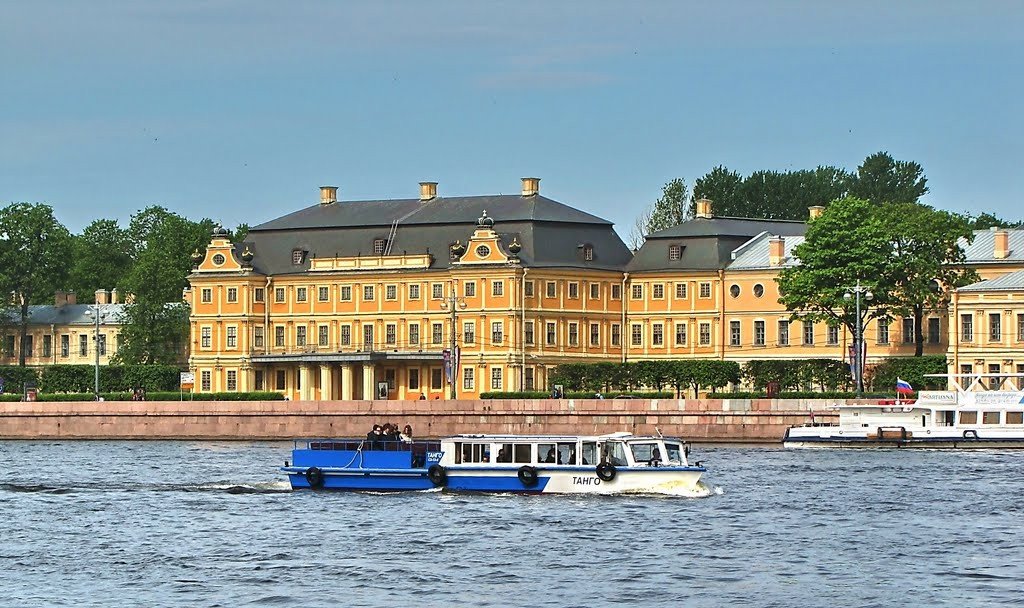
General information
For all his energy and loyalty to the tsar, the most luminous prince was characterized by power-loving and greed, with which Peter coped then shouts, and even beatings, but as a result of numerous machinations Menshikov got away with it. Gradually he became fabulously rich – he owned several Russian cities and tens of thousands of serfs.
.
The construction of the stone palaces, which in the first place were not only to fulfill the function of housing, but also to represent the new Russian capital with dignity, began in 1710, when Menshikov returned to St. Petersburg after the resounding victories in the Great Northern War. The work on the palace was begun by the Italian architect Fontana, and continued by the “chamber master” from Hamburg, Schedel and other famous architects of the time. The symmetrical layout of the rooms, their enfilade arrangement, Dutch faience tiles, stucco, plenty of paintings, silks on the walls, large finely glazed windows – all this is a tribute to the European fashion of that era. But there are also purely Russian elements in the palace, such as large stoves, internal shutters on the windows, an abundance of wood and carvings.
The Serene Prince loved luxury and knew how to live with scope and taste. His chambers were decorated with large Venetian mirrors in gilded frames, crystal chandeliers, darning and tapestry wallpaper, furniture with the princely arms, the house had a huge staff of servants, French cooks. The palace hosted the first ceremonial receptions and festivities in St. Petersburg, which were attended by numerous guests. During the festivities there was music and singing. Alexander Danilovich was a great connoisseur of music, he had his own orchestra and choir.After Menshikov’s disgrace, the palace was given to the Cadet Corps, and now it is the Museum of Russian Culture of the first third of the 18th century, where works of art and household items of the Petrine era from the Hermitage collection are exhibited in historical interiors.
.The entrance to the museum is located in the western part of the building, where there used to be offices. Walking in, you involuntarily pay attention to the wooden floor and the cozy, homely smell peculiar to an old residential house. First you will see the cookhouse with a marble floor in a black and white checkerboard, where under Menshikov prepared ceremonial dinners, sometimes consisting of two hundred alternating dishes, and the lathe – a fashionable in the Petrine period, a small home workshop, where there is a lathe that belonged to the Tsar himself, who is known to be fond of turning.
.In the Great Chamber, decorated with lush tapestries, were held ceremonial receptions. On a large table covered with a handmade Persian carpet, there is a silver bowl, which once served as a refrigerator: ice was poured into it and bottles of wine were put in it to cool it down. A marble sculpture of Italian work of the XVII century deserves special attention. “Foot of Colossus”, very original and rare. The grand staircase with stained oak steps leads to the second floor, where the main rooms and personal apartments were located. Note the wrought-iron grates on the upper landing with intertwined monograms of Peter the Great and Menshikov, testifying to their great friendship. The central door leads from the staircase to the bright, decorated with mirrors and gilding, grand hall. It was here that the courtiers learned what assemblies and European manners were. A guest from Poland, who was here in 1726, described it as “a hall of very beautiful architecture, moreover, decorated with large and small mirrors”. At the Cadet Corps the hall was rebuilt and a church was built in it.
.
Extraordinarily interesting are the partially preserved original interiors, richly decorated with Dutch tiles. Previously there were thirteen such rooms, now only four remain. These are the so-called “Pre-bedroom”, where the master of the house listened to the reports of the secretaries, “Study from the hallway”, Menshikov’s bedroom and “Varvarin rest” – the room where the sister of Menshikov’s wife Varvara Mikhailovna Arsenyeva lived. She was an intelligent, educated woman who devoted her entire life to taking care of her sister’s family, especially the upbringing of her children, of whom the Menshikovs had three (a son and two daughters). Portraits of family members can be seen in the “Predspalna.”
“Tiled” interiors are one of the main attractions of the Menshikov Palace. In each room, the tiles vary in subject and composition. The best are considered to be the ones used for the “Varvarin rest”. They depict Dutch landscapes and genre scenes, biblical mythological subjects, furniture and tableware of the time. They made tiles for the palace and in Russia, they laid out the stoves. If you look closely, on one of these stove tiles you can see the princely coat of arms of Menshikov – a winged heart..
Next to the light “tile” rooms is the grand Walnut Cabinet, the walls of which are decorated with set walnut panels. Five windows of the study overlook the Neva River. Menshikov spent a lot of time here: he received ambassadors, did business, rested and played chess. Peter I, Catherine I and other important visitors visited here. Among the many rare things in Menshikov’s palace an important place was given to oriental items. The walls of some rooms were covered with silk Chinese wallpaper with exquisite paintings. Many expensive Chinese porcelain dishes, furniture, caskets and chests were kept in the palace. In addition, Prince Menshikov shared the Tsar’s interest in collecting paintings and sculpture. This is evidenced by the paintings exhibited in the palace, which correspond to the tastes of people of the Petrine era (portraits, battle scenes, works of domestic genre, landscapes and still lifes), and statues bought in Europe.
.Visitors
- Universitetskaya nab. 15. M. “Vasileostrovskaya” .
- Tel. 323-11-12. Open daily, except Mon, from 10.30 to 18.00 (on Sundays until 17.00). .
- The ticket office is open until 16.30 (on Sundays until 16.00). .
- Inspection – 1h. Entrance – 300 p., privileged categories of citizens – free of charge.
